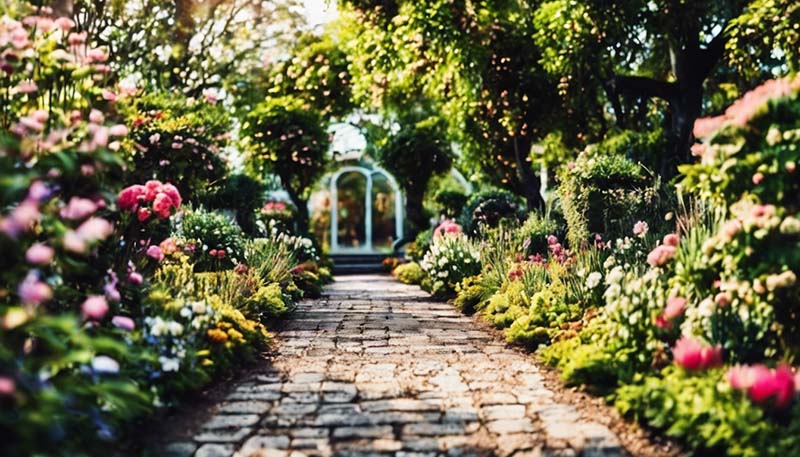1. Determine the Purpose
Before you start designing your garden path, it's crucial to determine its purpose. Is it for functional use, to connect different areas of your garden, or for aesthetic appeal, to create a focal point or a visual journey?
2. Choose the Right Materials
The choice of materials for your garden path will depend on your budget, the surrounding landscape, and the desired look and feel. Common materials include gravel, stone, brick, wood, and concrete. Each material has its unique characteristics and maintenance requirements.
Advertisement
3. Consider the Path Shape and Layout
The shape and layout of your garden path can greatly impact the overall look and feel of your garden. Straight paths provide a clear and direct route, while curved paths create a sense of mystery and encourage exploration. Consider the natural flow of your garden and the views you want to highlight when planning the path layout.
